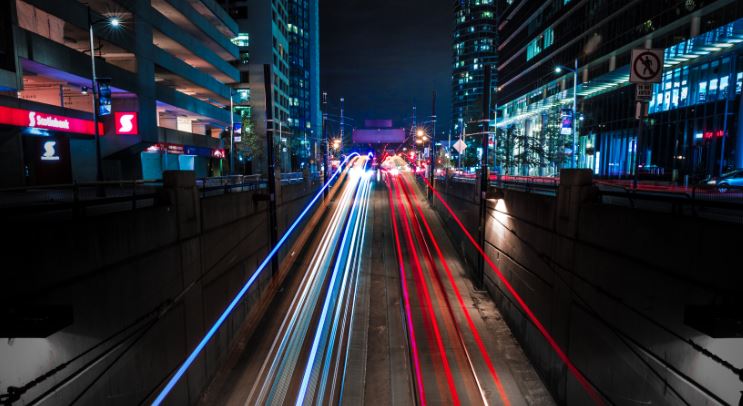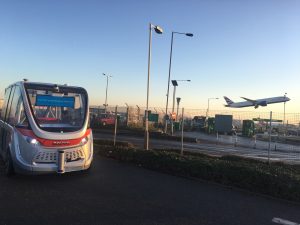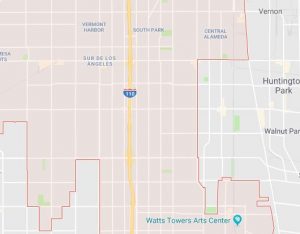
Autonomous or self-driving cars can offer us our most valuable asset: time. Time is their strongest selling point, and the feature that will make then develop more quickly than we would have thought. Can you imagine telling your car to go to the garage when it’s time for a check-up? I can, and it is a great feeling.
Development of autonomous vehicles goes hand in hand with a transformation of the structures on which these cars drive, namely the road surfaces, which will have to go up a notch in terms of quality and technology.
Currently, even if road surface condition is bad, cars still drive. Users may complain, but traffic keeps flowing. Repairs may take a while to materialise. But all this will change. A system with a self-driving vehicle will inform in detail of any problems with the road surface, in much the same way as cars already do now, advising you to go to the garage when there is a problem.
If we think about it, the four main challenges in car mobility are: reducing the number of accidents, improving environmental impact, pollution and traffic jams. All four could be resolved with self-driving vehicles: accidents would practically disappear if technology manages to correctly place the car on the road and make it interact with other vehicles; efficiency would improve, electrically-powered vehicles would reduce the carbon footprint and, traffic conditions would improve, making precious time savings.

So what can we do with road surfaces?
The answer is this: road surface roughness levels (as measured by the International Roughness Index, IRI) and friction coefficients must always be at an optimum level, with road markings and signs in perfect condition and working order. Also, these new roads will be fitted with an abundance of sensors to guarantee vehicle safety, with everything working smoothly, especially telecommunications signals.
This implies more maintenance work on roads, possibly double or even three times the current amount. And maintenance works must be carried out with the highest-quality materials: aggregates of high mechanical performance, and bitumen modified with top-quality polymers (asphalt bitumen improved with SBS-type polymers, similar to those used in sports shoes, providing elasticity and resistance to the wearing surface).
And how will they affect the road network?
In my opinion, this will be the biggest change. Up to now, all significant developments have been structured in a linear fashion along transport corridors, i.e. we normally find a motorway running parallel to a train track, with built-up areas developing alongside, both for residential and services and industrial purposes. Autonomous vehicles will change all this, as there will be less of a need to be close to public transport hubs: wherever we are, we will be able to request a self-driving car in the same way as we do today with taxis, Uber or Cabify. And all at competitive prices, due to economies of scale. And so the property market will also change, with building taking place further away from urban areas without this being a problem. And, although journeys will be longer, we will be able to use the time for working, reading, using a computer or whatever else we may want to do, thus not losing this valuable time (time, our most valued asset, which, in general, nobody wants to lose).
Road networks will become more like a matrix, rather than being linear systems, thus totally changing the way in which urban areas develop. This will imply a drop in medium-distance public transport in favour of private transport, with a model which I think will benefit both the public administrations (where long-distance transport usually operates at a loss) and private companies, which can take up a new activity.

Linear system
Matrix system
There is another impact which is already emerging and which will increase as autonomous cars develop. A study by the University of Berkeley has found that the use of apps such as Waze is making some roads wear down more quickly. Why? Because algorithms in such apps will send us along routes with the least traffic at any given time. This means that traffic and, most importantly, lorries, will drive over roads not initially designed to withstand intense usage, and these will therefore wear more quickly. Which means that not only main roads will have to be stronger and of higher quality, but most roads will need this too.


Given all the above, the answer to the question posed in title is clear: there will be an inevitable increase in both the quantity and the quality of road surface production to improve the four crucial aspects of mobility: safety, environmental impact, emissions and traffic.
An exciting future for those of us who work in the road surface industry.





There are no comments yet